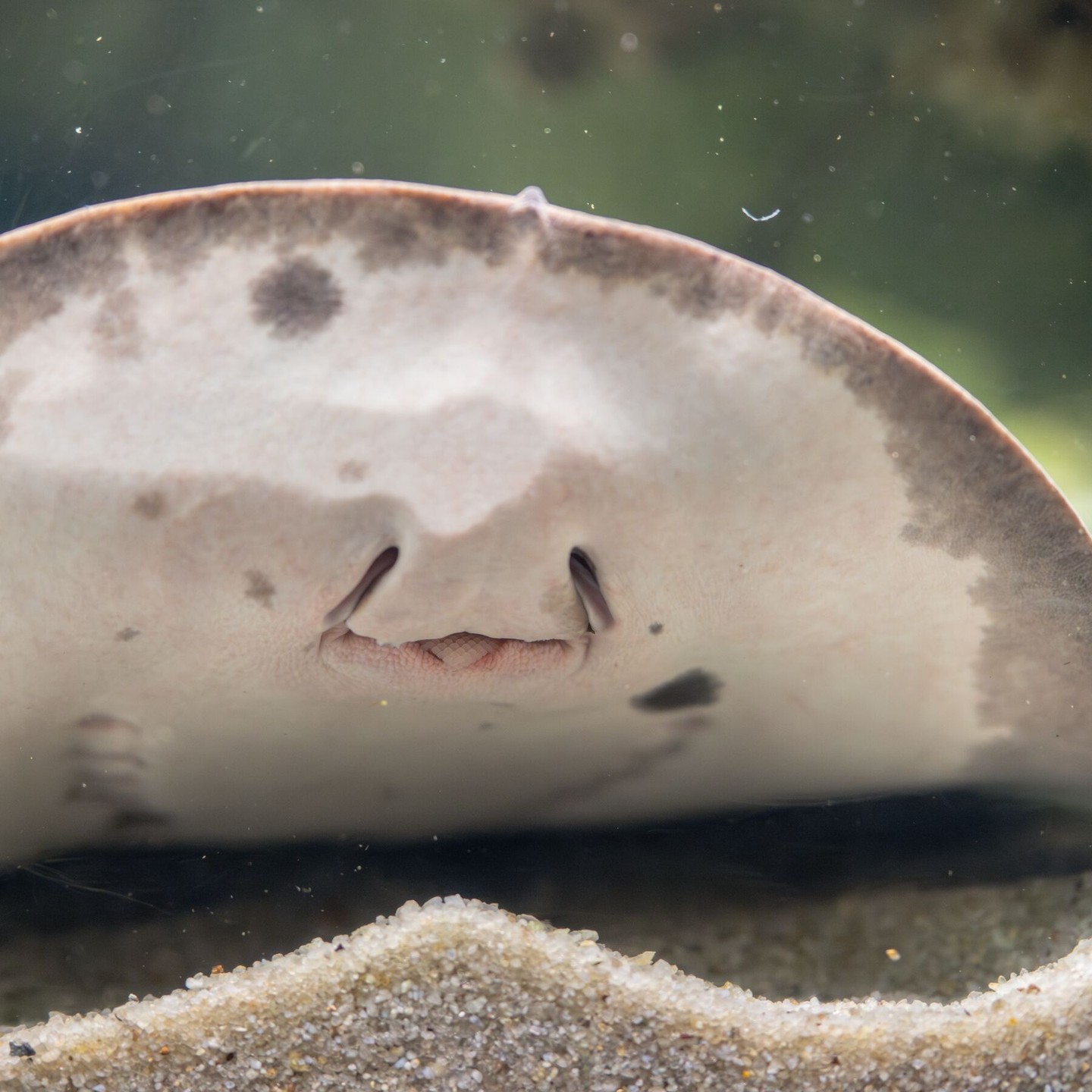- Classification and Characteristics: Understanding Chondrichthyes
- Key Differences Between Stingrays and Skates
- Reproductive Strategies and Lifespan
- Ecological Impact and Conservation Efforts
- Human Interaction and the Role of Zoos in Education
Stingrays and skates both belong to the class Chondrichthyes, which includes all cartilaginous fishes. These creatures are distinguished by their skeletons made of cartilage, a defining feature shared with their more famous cousins, the sharks. This classification provides insight into their evolutionary history, adapting lightweight and flexible skeletons for survival in diverse aquatic environments. Stingrays are typically wider and tend to be more triangular or kite-shaped, whereas skates often display a more rounded or disc-like form. Both species showcase fascinating adaptations suited to their respective habitats.
The differences between stingrays and skates are not merely aesthetic but are rooted in biological and behavioral distinctions. Stingrays possess a more thorny or barbed tail equipped with venom that serves as a defense mechanism against predators. In contrast, skates lack venomous barbs; their tails are often more elongated and have small spines or thorns. These anatomical differences directly influence their mobility and survivability in their environments.
Reproduction in stingrays and skates varies significantly. Stingrays are generally viviparous, meaning they give birth to live young after developing embryos in a way akin to placental mammals. Skates, however, are oviparous, laying eggs encased in a protective leathery pouch commonly referred to as a "mermaid’s purse." The reproductive strategies of each have evolved in response to their ecological niches, impacting their populations and conservation status.
In considering ecological impact, both stingrays and skates play important roles in maintaining marine environmental balance. As predators of invertebrates and small fish, they help control populations of these organisms, contributing to the health and stability of their ecosystems. Conservation of these species has become more critical in light of increasing human impact, through overfishing and habitat degradation. Organizations worldwide, including zoos and aquariums, are striving to safeguard the future of these animals through protective legislation and breeding programs.
The relationship between humans and these fascinating marine creatures extends beyond conservation. Public aquariums offer valuable education on the life cycles and behaviors of stingrays and skates. Zoos have taken significant strides to inform visitors about the vital role these species play in biodiversity. Educational initiatives help create awareness and foster appreciation, encouraging efforts to protect these remarkable cartilaginous fishes.
Understanding the nuances between stingrays and skates enhances our appreciation and awareness of marine life. By focusing on their detailed differences and roles within their ecosystems, we highlight the broader implications of our ecological actions. Through cooperative efforts within zoos and aquariums, we can strive to make a meaningful impact on the conservation of these captivating creatures, ensuring future generations can continue to learn and be inspired by their unique adaptations and behaviors.
*****
Source Description
Both stingrays and skates are classified as Chondrichthyes, or cartilaginous fishes. So how can you tell them apart? Learn how before your next visit at the link in our bio!


